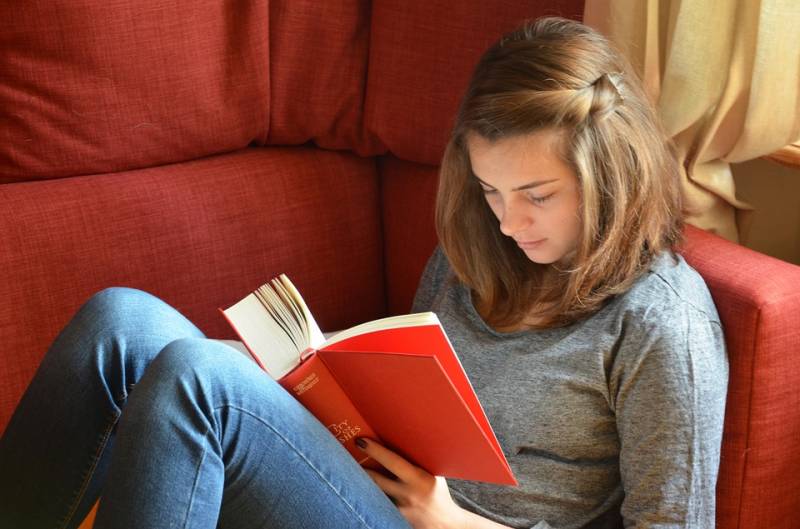
Children often lack the ability to accurately convey exactly what they're experiencing. That can be problematic when a child has a learning disability -- if we aren't exactly sure what their problems are or what they're feeling, it becomes even more difficult for teachers and parents to help them learn.
The dyslexic viewpoint
As a teacher, I've often wondered what it would feel like to have a learning disability. What do these kids go through trying to learn basic math and reading skills?
My students with dyslexia and ADHD, for example, can become incredibly frustrated when they see that they aren't learning like their peers. What's even worse for them, though, is that they also can't express what they experience.
Because they've grown up feeling or seeing the world the way they do, it's difficult to describe their perspective compared to ours.
How to experience dyslexia
Consider this: if you've never seen the color blue, and didn't know what items were colored blue, could you describe it? Isn't it difficult to accurately convey something you don't have a point of reference to?
Luckily, advancements in technology are helping us more and more fully understand and even experience how someone with a learning disability sees the world.
If you'd like to see what it's like for your child with dyslexia, for example, check out this link. In it, you'll see a powerful representation of just how hard it can be for someone with dyslexia to read.
A new outlook
I sat for a few minutes trying to read the text of that link, and it was beyond frustrating. I started to get a headache and wanted to give up -- that was only after a few minutes!
I can't imagine having to be in school trying to learn like that, especially if I can't properly describe what I'm going through. As a teacher and mother of children with learning disabilities, it gave me an entirely new outlook.
New programs like this are being created every day, and hopefully we'll have a proper representation for how everyone with a learning disability sees the world. Perhaps it will give you a new appreciation and respect for the struggle our students go through with leaning disabilities!
Key Takeaways:
Learning Success System also tries new and inventive ways to get to the root of the problem. You too can learn how to get to the root of the problem -- find out which micro-skills need strengthening and increase learning ability by taking our free assessment today!
Do You Need help with a Learning Difficulty?
Our simple online analysis will help you get to the core of the problem and find the right solution for you.
Understanding how to help someone with a learning difficulty starts with understanding which micro-skills are affected. When you learn which of the micro-skills is the problem, you will then be on your way to solving it.
You'll also learn how to:
- Build confidence
- Enhance Learning ability
- Eliminate avoidance
- Build grit
You can get this analysis for free by filling out this simple form. This will help you get to the bottom of a learning difficulty and provide you with a solution. If you are ready to put this problem behind you click the button below and fill out the form.










